As much as I love gardening, I also love the opportunity for rest that late fall and winter offer. November presents us a chance to wrap up the last of our garden cleanup and put our yards to bed for winter. As the gardening season draws to a close, here are a few things I’m going to be doing around my yard this month and would encourage you to do as well.
First, it will soon be time to dig and store your dahlias for the winter—if you haven’t already. Although we’ve had one overnight frost so far this fall, for many plants or in some areas it wasn’t a hard killing frost, meaning your dahlias might still be blooming. If that’s the case, I’d encourage you to wait until your plants start to turn brown and die back before digging and storing your tubers for the winter.
When your plants finally start to die back, cut the stalks back to a few inches above the ground and carefully dig up the tubers. Wash them off and cut off any root portions showing obvious signs of rot before setting them out to dry. If you wish, you can divide your tubers at this time or wait until spring.
After leaving the tubers to dry for a week or two, place a clump in a paper grocery bag with some sulfur dust and gently shake the bag to coat the tubers with a fine layer of dust. Sulfur is a great fungicide that will help to sterilize any mold spores on the tubers and prevent them from rotting over winter.
To store your dahlias, there are many good methods, from using wood shavings in cardboard boxes to loosely packing in milk crates—even individually wrapping your tubers in cling wrap. Every gardener will tell you their preferred method, but in all cases, be sure you store your tubers somewhere dark and cool, but safe from freezing. A garage closet, crawlspace, or unheated (but insulated) shop will all work well.
Second, it’s time to prune back your roses for winter. Even if your plants are still trying to bloom, now is the time to cut them back before the worst of our winter winds arrive. Fall rose pruning is purely a utilitarian exercise—don’t worry a bit about proper pruning technique. Your goal for fall pruning is simply to chop your plants down to about half of their summer height to reduce the amount of branches and foliage that could whip around in a winter wind and potentially damage the plants.
Third, if you haven’t yet fed your lawn one last time, November is an ideal time to feed with Scotts Turf Builder Winterguard. Formulated to build strong roots over winter, this fertilizer is the perfect last meal of the season for your lawn grass and will ensure healthy turf and a quick green-up next spring.
Finally, November is the time to spray any delicate or sensitive plants you may have in your yard with Bonide Wilt Stop. Made of pine resin, Wilt Stop is a natural anti-transpirant, meaning it seals plants’ pores so they don’t dry out in our harsh northeast winter winds. Many broadleaf evergreen plants like nandina, pieris, rhododendrons, and aucuba are susceptible to winter burn, so if you’ve dealt with brown leaf tips on your plants following a winter northeaster, pick a dry afternoon (I know, not easy!) and spray your more tender plants with Wilt Stop.
With Thanksgiving just a couple weeks away and winter drawing close, I’ll be wrapping up another year in the garden with gratitude in my heart for the beauty and joy it brings. May you find plenty for which to be thankful as well!


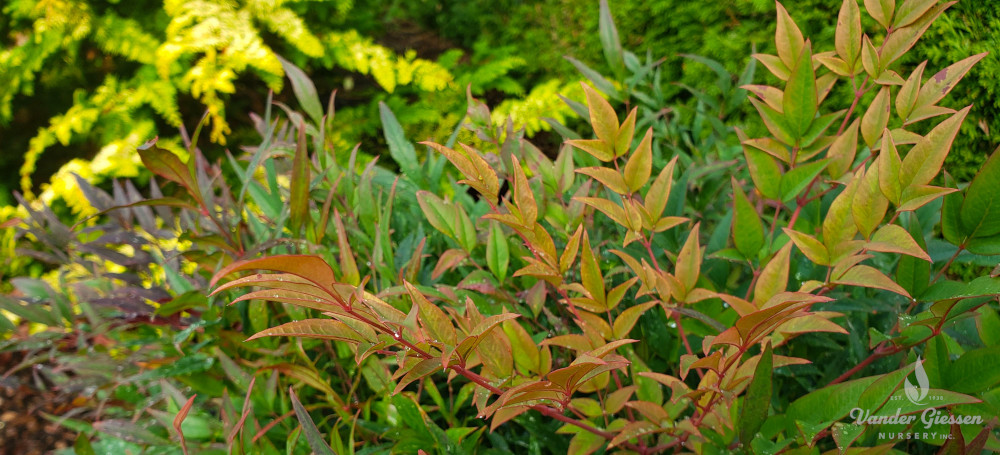
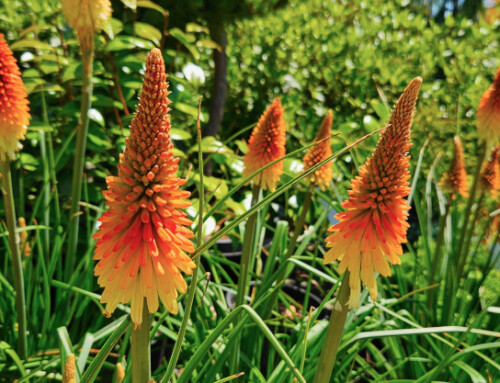
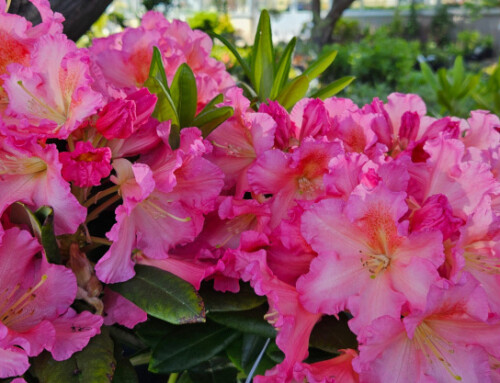
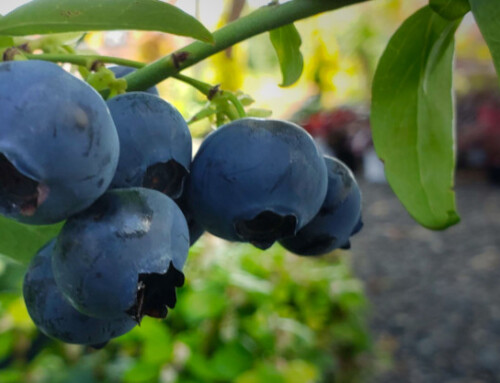
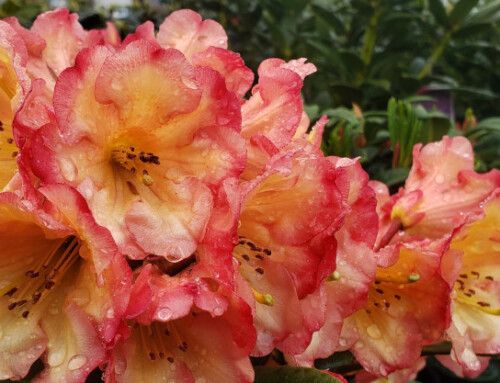

Thank you David – I really appreciate your tips and gardening expertise.